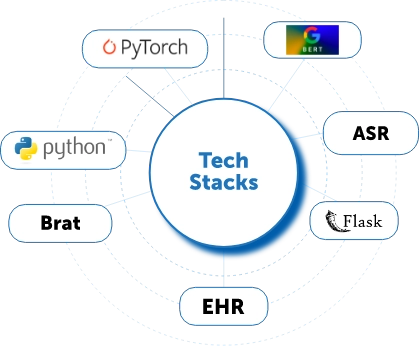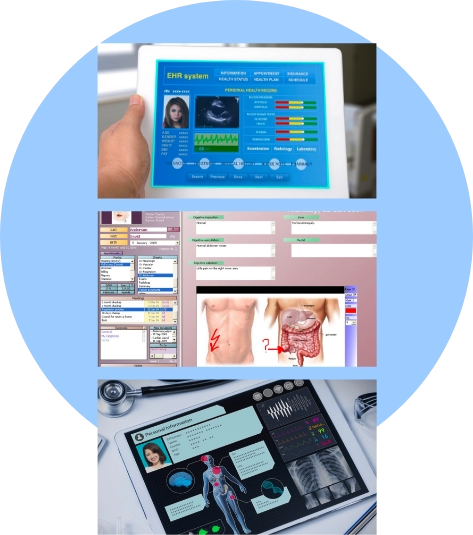Back to Success Stories
Health & Wellness
EHR/Diagnosis Automation
The client provides an electronic health record (EHR) SaaS platform for orthopedic medical practices to help organize and store patient documents and streamline workflows. The system is designed to record patient data seamlessly, create custom treatment plans, and provide orders for surgeries, prescriptions, and referrals with a focus in orthopedics.
TALK TO AN AI EXPERT

